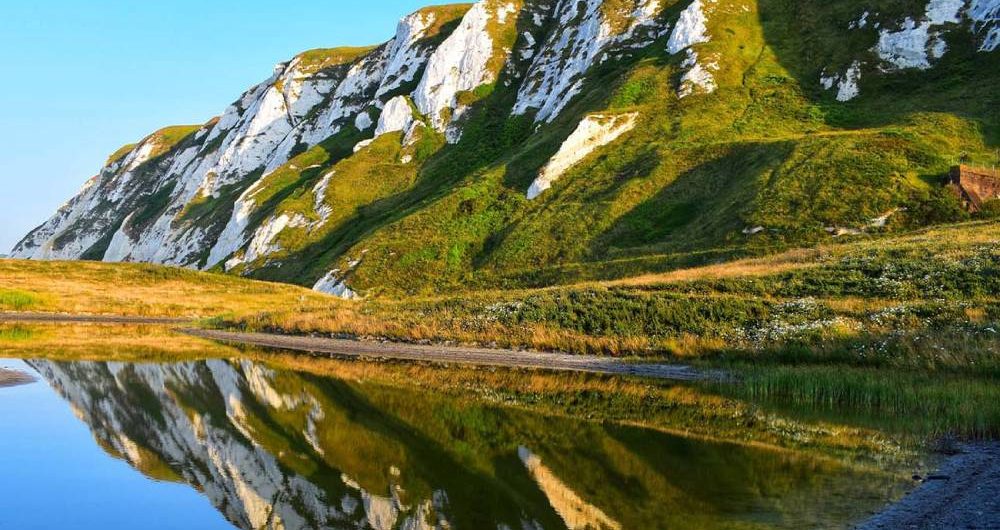
Geographic Location
- North India is a subregion located in the northern part of the Indian subcontinent.
- It is bounded by the Himalayan mountain range in the north, the Thar Desert in the west, the Vindhya and Satpura mountain ranges in the south, and the Brahmaputra and Ganges rivers in the east.
Cultural Significance
- North India holds immense cultural significance as it is the birthplace of several major religions, including Hinduism, Buddhism, Jainism, and Sikhism.
- The region has a rich history of art, literature, and music, contributing significantly to India’s cultural heritage.
Historical Importance
- North India has been a cradle of ancient civilizations, with the Indus Valley Civilization and the Vedic period originating in this region.
- It has witnessed the rise and fall of powerful empires, such as the Maurya, Gupta, and Mughal dynasties.
States and Union Territories
List of North Indian States
North India comprises several states, including Punjab, Haryana, Himachal Pradesh, Uttarakhand, Jammu and Kashmir, Uttar Pradesh, Bihar, Jharkhand, Rajasthan, and Delhi.
Union Territories in North India
Union Territories like Chandigarh, Ladakh, and the National Capital Territory of Delhi are also part of North India.
Geography and Climate
Diverse Landscapes
- North India boasts diverse landscapes, ranging from the towering Himalayan peaks to fertile plains and arid deserts.
- The region’s geographical diversity influences its climate, flora, and fauna.
Seasonal Weather Patterns
- North India experiences distinct seasons, including hot summers, monsoon rains, and cold winters.
- The Himalayan region witnesses heavy snowfall during winter, attracting winter sports enthusiasts.
Demographics
Population Composition
- The population of North India is ethnically diverse, with people from various backgrounds living harmoniously.
- Major ethnic groups include Punjabis, Rajputs, Biharis, and Kashmiris.
Languages Spoken
Hindi is the most widely spoken language in North India, but the region also has linguistic diversity, with Punjabi, Urdu, Bhojpuri, and various dialects being prevalent.
Religious Diversity
- North India is a melting pot of religions, with Hinduism, Islam, Sikhism, and Christianity being prominent.
- The region is home to important religious sites, such as the Golden Temple in Amritsar and the Varanasi ghats.
Culture and Heritage
Rich Cultural Traditions
North India’s culture is marked by vibrant festivals, traditional dances like Kathak, and classical music forms such as Hindustani classical.
Art and Architecture
- The region is known for its magnificent architecture, including the Taj Mahal in Agra and the Jaipur City Palace.
- Traditional crafts like pottery, embroidery, and carpet weaving thrive in North India.
Festivals and Celebrations
North India celebrates festivals with great fervor, including Diwali, Holi, Eid, and the Sikh festival of Baisakhi.